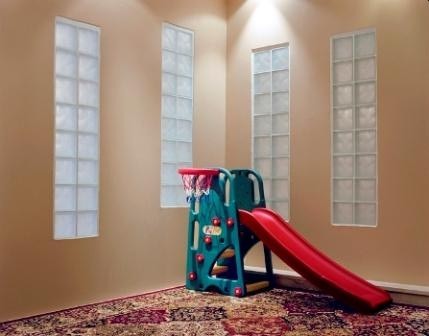 We cover a lot of prison issues on this blog. However, up till now, we’ve yet to touch on one of the most infamous prisons in modern American history — Guantanamo.
We cover a lot of prison issues on this blog. However, up till now, we’ve yet to touch on one of the most infamous prisons in modern American history — Guantanamo.
Award-winning photographer Edmund Clark is preparing to launch a show at the Flowers Gallery in London that features this very prison. The show is titled Guantanamo — If The Light Goes Out, and it takes a slightly different approach than the other photographers we’ve written about.
While most of the photographers we cover are working with images of inmates or the homeless, Clark purposefully has no humans in his photos. The photos are mostly of Guantanamo itself, with the images of the homes of some of the ex-detainees mixed in, giving a jolting dose of perspective.
When asked by Loredana D’Andrea at the London entertainment website Spoonfed about why he did not include portraits, Clark said:
I find that a lot of photographic portraits, you’re not really saying anything. All that’s going to happen is that the viewer’s preconceptions are going to bounce back at them. Some of the ex-detainees wouldn’t have taken part if I wanted to photograph them. I was absolutely adamant that this wasn’t journalistic; I just wanted to work in their homes.
I also think if I produced a set of portraits of ex-detainees from Guantanamo, most of whom are of Pakistani, Middle Eastern, African origin, I think a lot of people would look at those and say, ‘ooh look that’s what a terrorist looks like.’ The portraits would be completely dehumanised. They wouldn’t actually say anything about the individual — the spaces are much more evocative.
Addressing his first point, we must agree that there are many times when portraits don’t “speak” to the viewer. That is why we try to find and share with you those that do. It’s one of the reasons why we tend to look at creators like Susan Madden Lankford, who add elements of personal narrative to their works. The combination of the image and the subjects’ own words helps dispel the effect of reinforcing preconceptions.
As to Clark’s second point, it makes perfect sense. Removing the people themselves and simply presenting the context is a good way to communicate the message while (hopefully) managing to avoid the racial stereotypes that attend the issue.
In Clark’s own words:
[…T]he work ‘is not about monumentalising the historical fact of the camps, but evoking the experience of individuals caught up in events in a backwater of Cuba.’
And that, truly, is the important part — the human condition, the experiences of a daily life gone horribly off the rails.
We’d like to wish Edmund Clark success, not only with his art show but also with the release of his new book, Gunatanamo, If The Light Goes Out, which is due in November following the opening. To keep up with the news about the book and the show, check out Clark’s Facebook Page.
Source: “Guantanamo, If The Light Goes Out – An interview with Edmund Clark,” Spoonfed, 09/24/10
Image copyright by Edmund Clark, used with permission.
Visit Us on Facebook: Humane Exposures Publishing , downTownUSA, Maggots in My Sweet Potatoes, It’s More Expensive To Do Nothing









